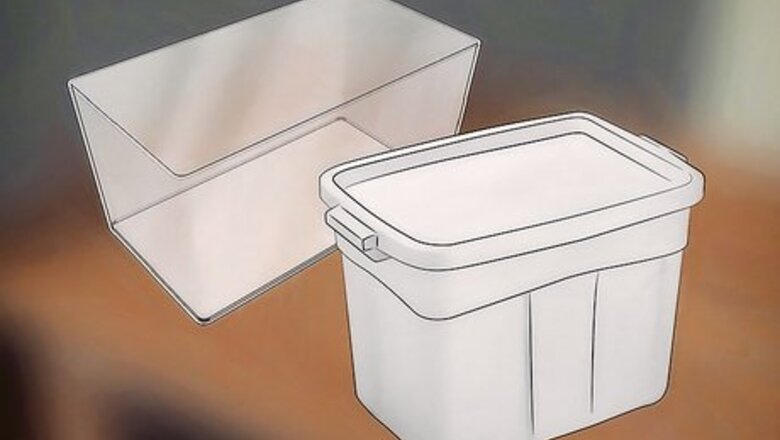
views
X
Research source
Making a Habitat for Your Cockroaches
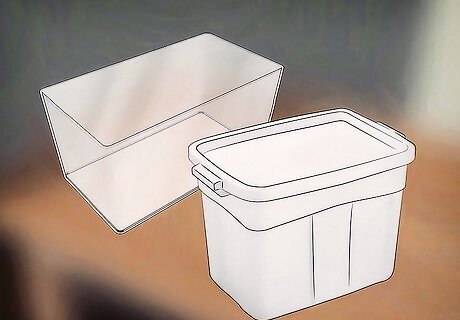
Get a sealable tank. Pick a glass fish tank or a Rubbermaid plastic bin where you will house your colony. A colony grows very fast, so make sure it's large enough to hold a few hundred roaches if you want to start a breeding business. Plan on about 2.5 gallons (9.5 L) per dozen adult roaches, though you can also keep many more younger roaches in the same container. Use a container that can be fully closed with a lid. There shouldn't be any holes or cracks in it because roaches can get through them very easily, especially when they're young. Make sure to drill holes in the top if you're using a storage container or bucket. The holes should be about a half an inch in diameter, and then you should seal the holes with microscreen. In a large storage container (20 gallons), you'll need at least 10 holes along the top. When choosing a container, remember that what matters the most is floor space for food, water and furnishing, not height.

Smear a greasy substance near the top of the container. Madagascar roaches are very skillful climbers: you should spread Vaseline, olive oil or bug stop on the upper 3 inches of the container that are closer to the lid to prevent hissers from reaching the top.

Cover the floor of the container with some bedding. This is also known as substrate: the aim is to recreate a forest-like environment that resembles their original habitat. You can use gravel, sand, oak leaves as long as you avoid dirt, which makes it very hard to keep the tank clean and prevent undesired pests, or material that could get moldy, such as food. A good material for bedding is orchid bark or coco soft, which you can purchase in larger pet stores, specializing in insects and reptiles. If you think the bedding would make it too hard to keep the habitat clean, you can do without it. Hissers will be just as okay on a flat floor.

Furnish the enclosure with hiding spaces. Since most insects, including roaches, live under leaf matter and fallen logs, it's a good idea to add a few hiding spots. The best things you can use are the bottom of an egg carton, small logs, pieces of bark or tubes (like the cardboard ones found inside paper rolls). If you use egg cartons, make sure you place several in the enclosure so the roaches will have multiple layers to hide in.

Keep the habitat humid. Madagascar roaches are used to the very humid climate of the Madagascar rainforest, so they'll breed and live better in a similar environment. You should mist the enclosure every other day, or even each day if you live in a dry climate. You can also place the container near a room humidifier, but make sure you still mist the enclosure on a regular basis.
Creating a Breeding Environment for Your Cockroaches
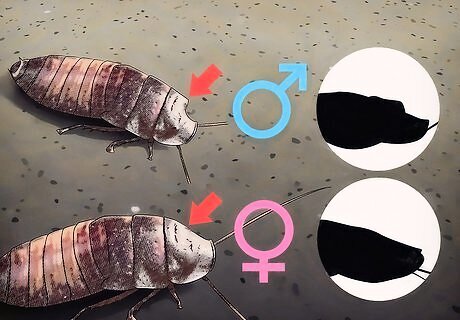
Purchase a male and a female specimen. To start your colony, you obviously need your little Adam and Eve. If you want to purchase more than two and want the colony to grow at a faster rate, purchase one male and multiple females. Once you've done this, the roaches will take care of the rest. You can easily tell the difference between sexes: males have large horns while females don't. It's not a good idea to start with more than one male. Madagascar roaches are very territorial, and males fight with each other for dominance. Once you have a well-established colony, this will become less of a problem because of the number of roaches. They'll fight anyway, but you won't have to worry about the steady growth of the colony.
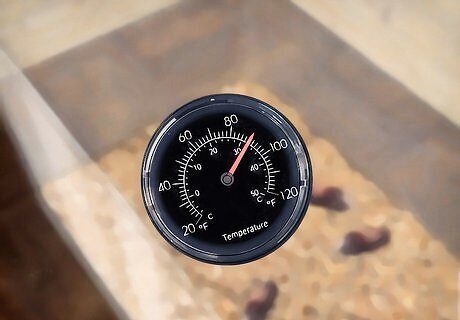
Keep the room temperature under control. In order to breed, Madagascar roaches need a temperature around 85 to 95 °F (29 to 35 °C). They are tropical insects and won't produce young if the temperature is too cold. If you live in a cold climate or do not want your room temperature to be too high, you can use lamps or place the container near heaters.
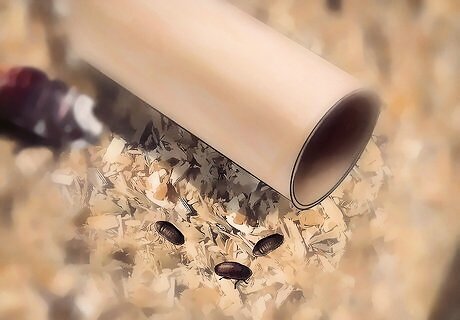
Check the growth of your colony. A female will usually mate with dominant males. The gestation period is around 60 days, after which the female lays the eggs in a long case, known as ootheca'.' Nymphs are born out of it.Breed Hissing Cockroaches Step 8 Version 2.jpg Each female will produce 2 to 3 dozens nymphs per gestation, and 700 over her whole life. Nymphs are around the size of a watermelon seed (1/4 inch) and white. It takes them from 3 months to 1 year and around 6 to 7 molts (shedding their skin) to grow into adults, depending on the climate and living conditions. Once they've grown up, they'll start mating and produce more offspring. Nymphs usually eat their own skin once it's shed. Adults and nymphs get along with each other in the same enclosure and won't harm each other if there's enough food around. The color of an adult will depend on the food supply and usually ranges from brown or golden brown to black.
Taking Care of Your Cockroaches
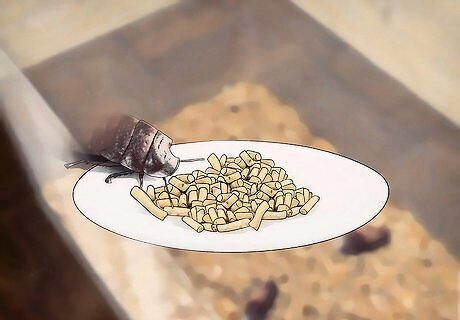
Feed them with pelleted food. Any dry pelleted food for pets, such as dogs, cats or birds, is good. Place it in a paper plate in the enclosure, as long as it's not too high for nymphs to climb. Make sure it has a high protein content, because your roaches will need it to grow fast and healthily. Remove it after a few days if it gets moldy or wet. Not giving them enough protein might result in roaches eating each other to get more nutrients.
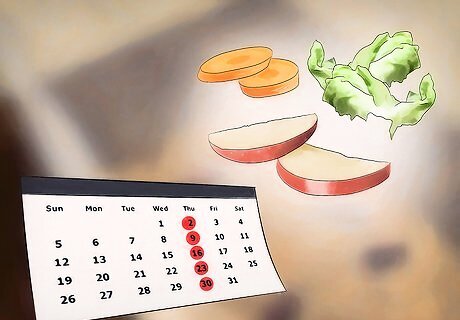
Offer them fresh fruits and vegetables once a week. The best treats for roaches are carrots (big favorites) , apples, bananas, strawberries, oranges, romaine lettuce or leafy greens (collard, turnip, mustard greens). Make sure they're fresh and peeled, because pesticides could kill the whole colony very fast. Remove any fruits or vegetables that haven't been eaten within one or two days to prevent mold: this can be a huge threat to the colony.
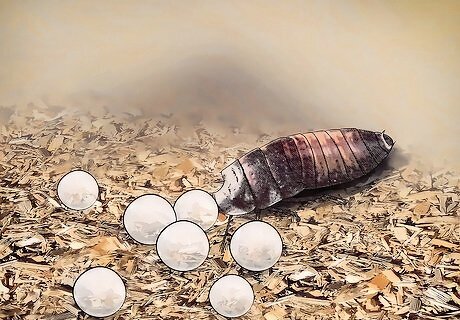
Provide water in a separate plate. This should include something you can soak it up with, like paper. Sponges tend to smell after a while so it's better to avoid them. Do not pour water in a bowl without something to soak it up, because roaches could drown in it. You can also use water gel, usually sold by florists.




















Comments
0 comment